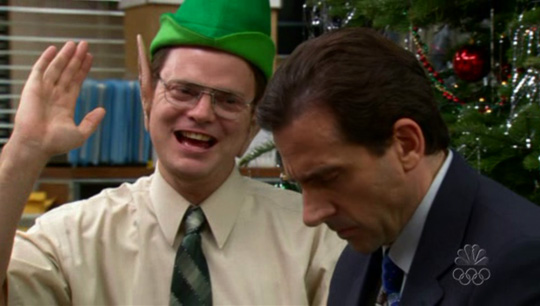
In a screenplay, there’s no room for that type of writing.

The best thing you can do as a screenwriter is offer them that latter content partnered with a cinematic read.Īnyone can write a long, multi-paragraph description of a setting or action sequence where you articulate descriptive sights, sounds, and atmosphere - and then put together poetic descriptions of each of those details.

A reader would rather read a conventional screenplay that reads in a way where they feel they watching a movie, as opposed to a more original screenplay that feels that they’re reading a long novel. That’s how cinematic screenplays are born. The fewer words you use to describe a visual the better. You’re not using the scene description to go into specific detail about the sets, the locations, the character’s wardrobe, each and every movement, etc. Your job is very simple as a screenwriter - convey what the reader is supposed to envision in broad stroke form, and do so as quickly as possible.

Here are five best practices to help you write effective scene description that will make your screenplays become the coveted page-turners that script readers crave for. Instead, they either focus on directing the camera or go into specific detail with long-winded scene description. Sadly, most novice screenwriters fail to understand the importance of writing cinematically. You want the reader to be able to decipher the visuals you are describing in your scene description as quickly as possible - as if they were reels of film flashing before their eyes. Dialogue is fairly straightforward.īut it’s scene description that truly holds the key to the success of your screenplay, specifically from the standpoint of how easy it is for the reader to truly experience your story in cinematic fashion. Read ScreenCraft’s Screenwriting Basics: The Keys to Writing Correct Scene Headings!Ĭharacter names are obvious. They consist of three elements - interior or exterior, location, and day or night (with some variations). Those elements can be utilized, but only sparingly so and only when completely necessary. Anything else - camera directions, transitions, and parentheticals - rarely do anything beyond creating more for the reader to read and process, which slows down the read of the script. The four basic elements of screenwriting format are scene heading, scene description, character name, and dialogue.

What are the best and most effective ways to write cinematic scene description that keeps the reader invested, engaged, and lost in the visuals of your movie?


 0 kommentar(er)
0 kommentar(er)
